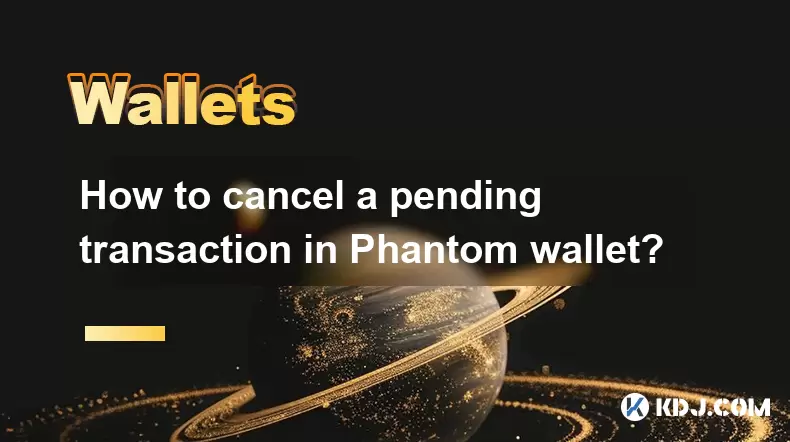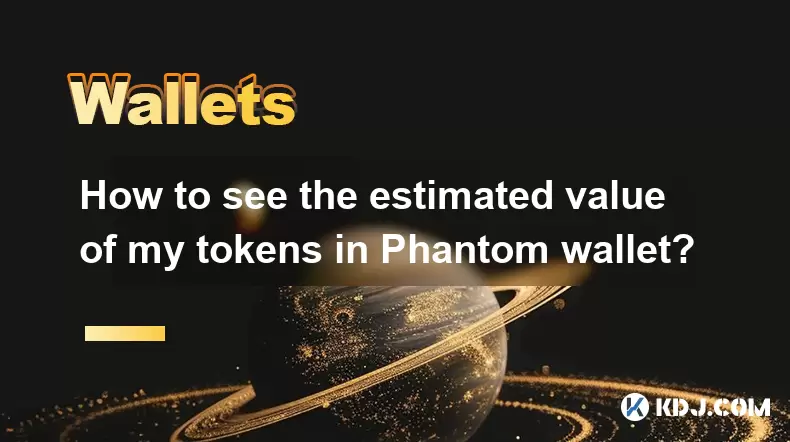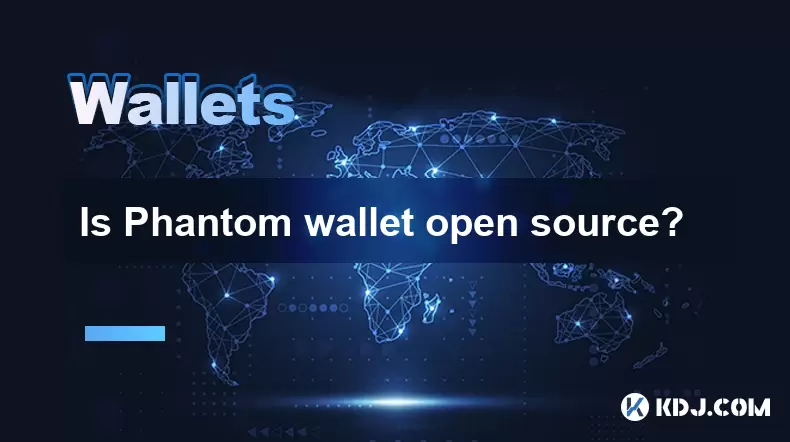-
 Bitcoin
Bitcoin $108,017.2353
-0.81% -
 Ethereum
Ethereum $2,512.4118
-1.58% -
 Tether USDt
Tether USDt $1.0002
-0.03% -
 XRP
XRP $2.2174
-1.03% -
 BNB
BNB $654.8304
-0.79% -
 Solana
Solana $147.9384
-1.76% -
 USDC
USDC $1.0000
-0.01% -
 TRON
TRON $0.2841
-0.76% -
 Dogecoin
Dogecoin $0.1636
-2.09% -
 Cardano
Cardano $0.5726
-1.72% -
 Hyperliquid
Hyperliquid $39.1934
1.09% -
 Sui
Sui $2.9091
-0.59% -
 Bitcoin Cash
Bitcoin Cash $482.1305
0.00% -
 Chainlink
Chainlink $13.1729
-1.54% -
 UNUS SED LEO
UNUS SED LEO $9.0243
-0.18% -
 Avalanche
Avalanche $17.8018
-1.90% -
 Stellar
Stellar $0.2363
-1.69% -
 Toncoin
Toncoin $2.7388
-3.03% -
 Shiba Inu
Shiba Inu $0.0...01141
-1.71% -
 Litecoin
Litecoin $86.3646
-1.98% -
 Hedera
Hedera $0.1546
-0.80% -
 Monero
Monero $311.8554
-1.96% -
 Dai
Dai $1.0000
-0.01% -
 Polkadot
Polkadot $3.3473
-2.69% -
 Ethena USDe
Ethena USDe $1.0001
-0.01% -
 Bitget Token
Bitget Token $4.3982
-1.56% -
 Uniswap
Uniswap $6.9541
-5.35% -
 Aave
Aave $271.7716
0.96% -
 Pepe
Pepe $0.0...09662
-1.44% -
 Pi
Pi $0.4609
-4.93%
How to view the Gas fee trend of the current network in imToken?
imToken lacks a gas fee trend graph, but users can utilize in-app speed settings and external resources like Etherscan to monitor current and historical gas prices, understanding that network congestion heavily influences these costs.
Mar 19, 2025 at 09:35 pm

Key Points:
- imToken doesn't directly display a gas fee trend graph. However, you can utilize external resources and in-app tools to understand current and historical gas fee levels.
- Understanding gas fee components (base fee and priority fee) is crucial for predicting trends.
- Network congestion significantly impacts gas fees. High transaction volume usually leads to higher gas fees.
- Utilizing different transaction speeds (slow, average, fast) within imToken allows you to control gas fee expenditure.
- External websites and blockchain explorers offer valuable historical gas fee data.
How to View the Gas Fee Trend of the Current Network in imToken?
imToken doesn't feature a built-in gas fee trend chart. Instead, you need to leverage its tools and external resources to gauge the current and past gas fee levels. The app primarily focuses on providing the current gas fee estimates for your transaction, based on the network's current state. These estimates help you understand the cost before you confirm a transaction.
Understanding the components of gas fees is key. On Ethereum and compatible networks, gas fees consist of a base fee and a priority fee (tip). The base fee is determined by the network's congestion level, automatically adjusting based on demand. The priority fee is what you add to incentivize miners to prioritize your transaction. Monitoring these individual components can offer a more nuanced understanding of fee trends.
Network congestion directly correlates with gas fees. When the network is busy (high transaction volume), the base fee rises, making transactions more expensive. Conversely, during periods of low activity, gas fees tend to be lower. imToken doesn't explicitly display network congestion levels, but the gas fee itself serves as a proxy indicator. Higher gas fees often signal higher network congestion.
Within imToken, you can control gas fees by selecting different transaction speeds. The app typically offers options like "slow," "average," and "fast." "Slow" transactions generally have lower fees but take longer to confirm, while "fast" transactions have higher fees but confirm quickly. Choosing the appropriate speed balances cost and speed based on your needs. This is a practical way to indirectly manage your exposure to fluctuating gas fees.
To gain a clearer picture of historical gas fee trends, you need to use external resources. Websites like Etherscan, GasNow, and others dedicated to Ethereum gas fees provide historical charts and real-time data. These platforms usually offer visualizations of gas fee fluctuations over time, allowing you to identify patterns and trends. These are crucial for understanding longer-term gas fee behaviors. You can then correlate this data with the gas fee estimates provided by imToken for a more comprehensive understanding.
Remember that gas fees are dynamic and influenced by several factors. While imToken offers tools to manage the costs of your individual transactions, it does not provide a dedicated gas fee trend analysis tool. Therefore, combining imToken's real-time estimates with external resources is the best approach for comprehensively understanding the current and historical gas fee trends on the network. This allows for better prediction and management of transaction costs.
Gas fees are essential for securing and maintaining the network. They compensate miners for processing and validating transactions. The fluctuating nature of gas fees reflects the dynamic demand on the network, ensuring that transactions are processed efficiently even during periods of high activity. Understanding this mechanism is vital for navigating the cryptocurrency landscape. The inherent volatility in gas fees highlights the need for careful monitoring and strategic transaction timing.
Frequently Asked Questions:
Q: Can I predict future gas fees using imToken?
A: No, imToken doesn't offer gas fee prediction tools. While it shows current estimates, future fees depend on many unpredictable factors like network congestion and overall demand. Using external resources that provide historical data can give you a better idea, but precise future prediction is impossible.
Q: Why are gas fees so high sometimes?
A: High gas fees typically result from network congestion. Many transactions being processed simultaneously increase demand, driving up the base fee. Popular events, network upgrades, or significant market activity can all contribute to spikes in gas fees.
Q: What are the units for gas fees in imToken?
A: Gas fees in imToken are usually displayed in Gwei (gigawis), a smaller unit of Ether (ETH). The total fee is calculated by multiplying the gas used by the gas price (in Gwei). imToken converts this into your chosen currency for easier understanding.
Q: How does the “slow,” “average,” and “fast” transaction speed affect gas fees in imToken?
A: Selecting "slow" typically means a lower gas fee but a longer confirmation time. "Average" balances cost and speed, while "fast" offers quicker confirmation but at a higher gas fee. This prioritization system allows users to control their spending based on their urgency.
Q: Are there any alternative ways to reduce gas fees besides choosing a slower transaction speed?
A: While choosing a slower transaction speed is a primary method, other options include batching transactions (sending multiple transactions in one go) or utilizing layer-2 solutions like Polygon or Optimism which significantly reduce gas fees by processing transactions off the main chain. However, these methods might require using different wallets or platforms.
Disclaimer:info@kdj.com
The information provided is not trading advice. kdj.com does not assume any responsibility for any investments made based on the information provided in this article. Cryptocurrencies are highly volatile and it is highly recommended that you invest with caution after thorough research!
If you believe that the content used on this website infringes your copyright, please contact us immediately (info@kdj.com) and we will delete it promptly.
- PEPE, BONK, and Remittix: Meme Coins Meet Real-World Utility
- 2025-07-06 02:30:13
- Score Big This Weekend with BetMGM Bonus Code for MLB Games
- 2025-07-06 02:50:13
- PENGU Token's eToro Debut and Weekly Surge: What's Driving the Hype?
- 2025-07-06 02:30:13
- Singapore's Crypto Crackdown: Laundering, Licenses, and Lessons
- 2025-07-06 02:50:13
- Royal Mint Coins: Unearthing the Rarest Queen Elizabeth II Treasures
- 2025-07-06 00:30:12
- BlockDAG, SEI, and HYPE: Decoding the Crypto Buzz in the Big Apple
- 2025-07-06 00:50:13
Related knowledge

How to cancel a pending transaction in Phantom wallet?
Jul 03,2025 at 07:21pm
Understanding Pending Transactions in Phantom WalletA pending transaction in the Phantom wallet occurs when a user initiates a transfer or interaction with the Solana blockchain, but it hasn't yet been confirmed by the network. This can happen due to various reasons such as low transaction fees, network congestion, or incorrect gas settings. It's import...

How to see the estimated value of my tokens in Phantom wallet?
Jul 04,2025 at 12:21am
What is Phantom Wallet?Phantom wallet is one of the most popular cryptocurrency wallets designed for the Solana blockchain. It allows users to store, send, receive, and manage various tokens built on Solana, including SPL tokens and NFTs. The wallet offers a user-friendly interface, making it accessible for both beginners and advanced users in the crypt...

How to lock my Phantom wallet extension?
Jul 03,2025 at 11:14am
What Is the Phantom Wallet and Why Lock It?The Phantom wallet is a popular non-custodial cryptocurrency wallet designed for interacting with the Solana blockchain. Supporting both browser extensions and mobile apps, Phantom allows users to store, send, receive, and stake SOL tokens, as well as interact with decentralized applications (dApps). Securing y...

Does Phantom wallet offer two-factor authentication (2FA)?
Jul 03,2025 at 09:00am
Understanding Phantom Wallet and Its Security FeaturesPhantom wallet is a widely used non-custodial cryptocurrency wallet that supports the Solana blockchain. It allows users to store, send, receive, and interact with decentralized applications (dApps) seamlessly. As security is a top priority for any crypto wallet user, security features like two-facto...

What is "rent" on Solana and how does it affect my Phantom wallet?
Jul 02,2025 at 08:35pm
Understanding 'Rent' on SolanaIn the context of Solana, the term 'rent' refers to a storage fee that users pay for maintaining data on the blockchain. Unlike Ethereum, where storage costs are paid once via gas fees during contract deployment, Solana implements a recurring cost model to ensure efficient usage of network resources. This means that any acc...

Is Phantom wallet open source?
Jul 03,2025 at 12:29am
What is Phantom Wallet?Phantom wallet is a non-custodial cryptocurrency wallet primarily designed for the Solana blockchain. It allows users to store, send, receive, and interact with decentralized applications (dApps) on the Solana network. The wallet is available as a browser extension and mobile application, offering a seamless experience for both be...

How to cancel a pending transaction in Phantom wallet?
Jul 03,2025 at 07:21pm
Understanding Pending Transactions in Phantom WalletA pending transaction in the Phantom wallet occurs when a user initiates a transfer or interaction with the Solana blockchain, but it hasn't yet been confirmed by the network. This can happen due to various reasons such as low transaction fees, network congestion, or incorrect gas settings. It's import...

How to see the estimated value of my tokens in Phantom wallet?
Jul 04,2025 at 12:21am
What is Phantom Wallet?Phantom wallet is one of the most popular cryptocurrency wallets designed for the Solana blockchain. It allows users to store, send, receive, and manage various tokens built on Solana, including SPL tokens and NFTs. The wallet offers a user-friendly interface, making it accessible for both beginners and advanced users in the crypt...

How to lock my Phantom wallet extension?
Jul 03,2025 at 11:14am
What Is the Phantom Wallet and Why Lock It?The Phantom wallet is a popular non-custodial cryptocurrency wallet designed for interacting with the Solana blockchain. Supporting both browser extensions and mobile apps, Phantom allows users to store, send, receive, and stake SOL tokens, as well as interact with decentralized applications (dApps). Securing y...

Does Phantom wallet offer two-factor authentication (2FA)?
Jul 03,2025 at 09:00am
Understanding Phantom Wallet and Its Security FeaturesPhantom wallet is a widely used non-custodial cryptocurrency wallet that supports the Solana blockchain. It allows users to store, send, receive, and interact with decentralized applications (dApps) seamlessly. As security is a top priority for any crypto wallet user, security features like two-facto...

What is "rent" on Solana and how does it affect my Phantom wallet?
Jul 02,2025 at 08:35pm
Understanding 'Rent' on SolanaIn the context of Solana, the term 'rent' refers to a storage fee that users pay for maintaining data on the blockchain. Unlike Ethereum, where storage costs are paid once via gas fees during contract deployment, Solana implements a recurring cost model to ensure efficient usage of network resources. This means that any acc...

Is Phantom wallet open source?
Jul 03,2025 at 12:29am
What is Phantom Wallet?Phantom wallet is a non-custodial cryptocurrency wallet primarily designed for the Solana blockchain. It allows users to store, send, receive, and interact with decentralized applications (dApps) on the Solana network. The wallet is available as a browser extension and mobile application, offering a seamless experience for both be...
See all articles

























































































